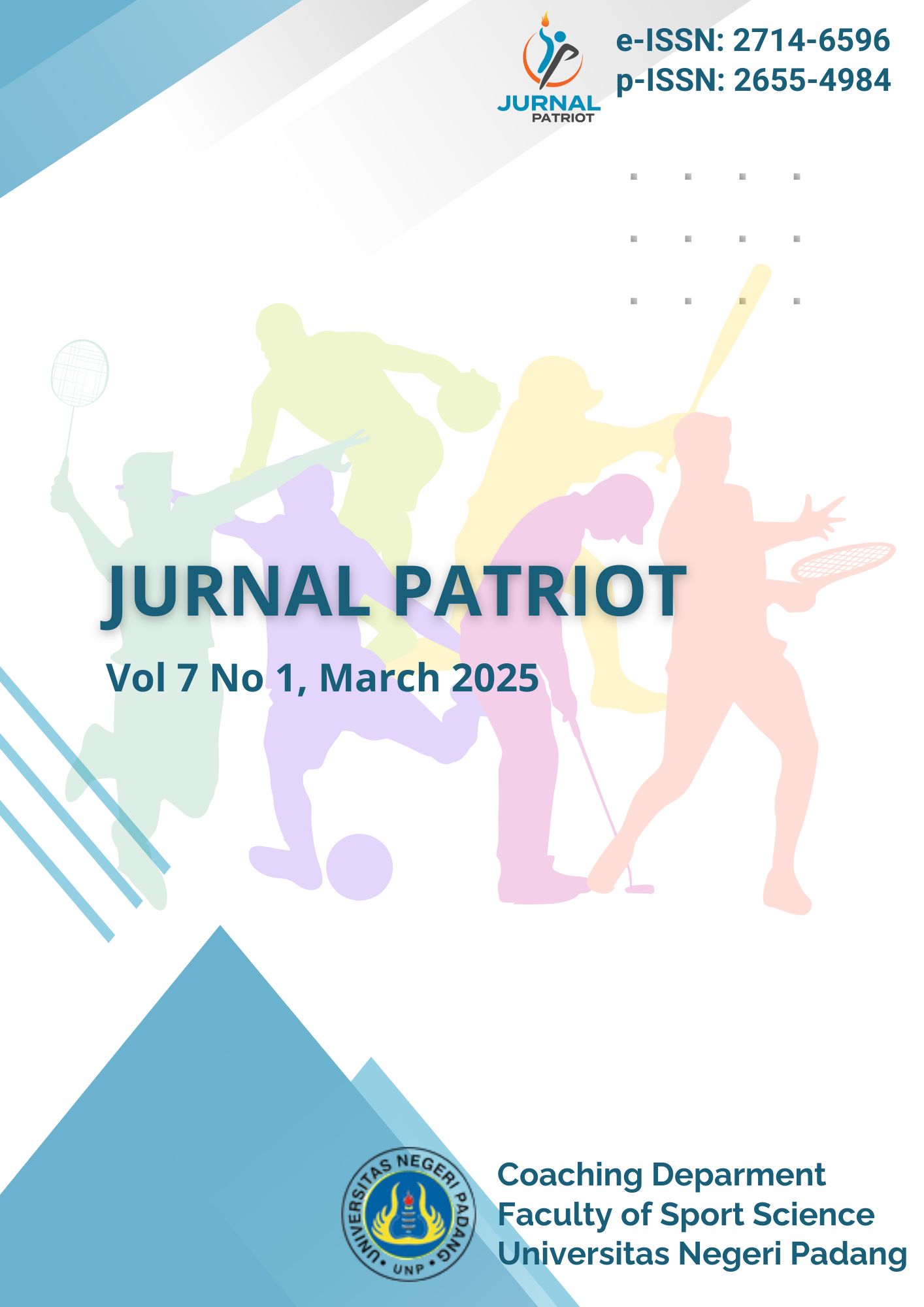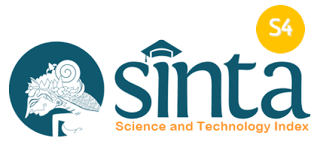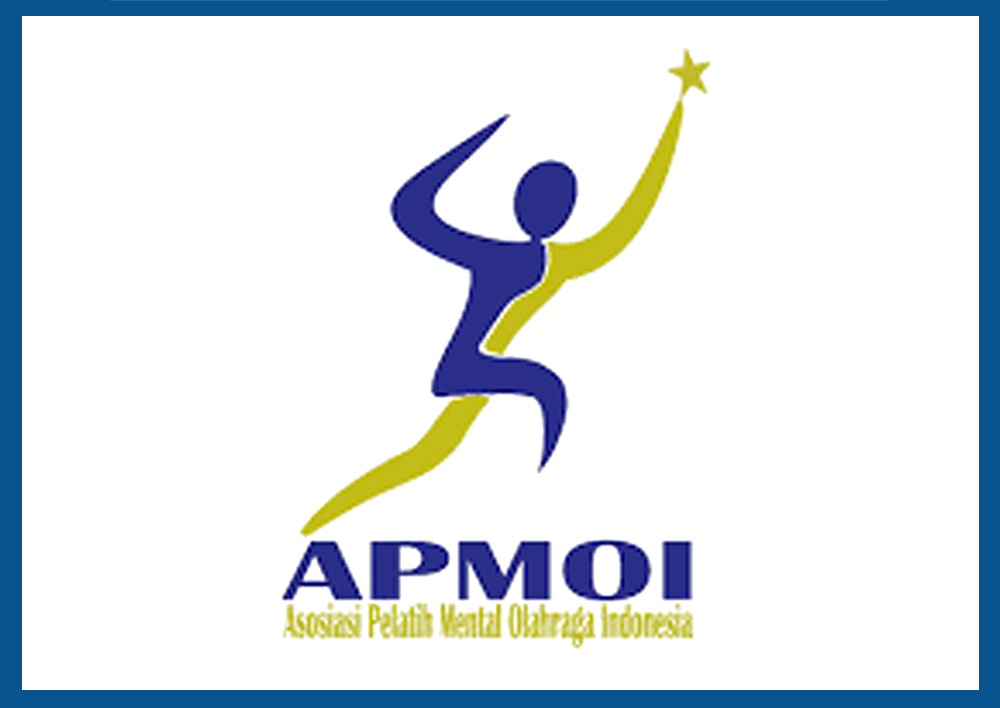The role of physical activity, stress, and lifestyle behaviors in adolescent mental health and well-being: A systematic review
Abstract
Problem: Young people often face mental health troubles such as strain, sleep disturbances, and low existence satisfaction. Even though many research has proven that bodily activity can enhance mental fitness, it's miles nevertheless doubtful how bodily activity works collectively with different life-style elements like strain, weight-reduction plan, and social media use. Purpose: This study aims to summarize the effects of physical activity and related lifestyle factors on adolescent mental health. Methods: This study utilized a systematic literature review approach, gathering and analyzing scientific articles on the effects of regular physical activity influence the risk of depression among adolescents. Articles were sourced from Scopus using search terms such as "physical activity" OR exercise OR sport) AND (depression OR "mental health") AND (adolescent* OR teenager* OR youth with a focus on studies published within the past five years located in Indonesia. After collecting relevant articles, descriptive analysis was conducted to identify consistent patterns and findings. Results: This review discovered that better ranges of physical hobby had been linked to better mental health in youngsters. positive results protected reduced stress, better sleep excellent, higher existence pleasure, and extra resilience. then again, immoderate social media use, poor weight-reduction plan, and high strain stages were associated with worse mental fitness consequences. Environmental differences additionally played a position, with rural and concrete teens showing different patterns in physical and mental fitness. Conclusion: Physical activity allows improve mental health in youngsters. It reduces stress, improves sleep, and increases existence delight. on the same time, managing social media use, ingesting wholesome foods, and reducing stress are also essential. promoting healthy lifestyles can help higher mental nicely-being in young humans.
Downloads
References
Chaeroni, A., Kusmaedi, N., Ma’mun, A., & Budiana, D. (2021). Physical Fitness and Mental Health in Urban and Rural Areas. Malaysian Journal of Medicine and Health Sciences, 17, 66–71. https://www.scopus.com/inward/record.uri?eid=2-s2.0-85123729456&partnerID=40&md5=9a83d524ec08c5bb89fb78564c56f3a4
Costa, M. P. da S., Schmidt, A., Vitorino, P. V. de O., & Corrêa, K. de S. (2021). Physical inactivity and symptoms of depression, anxiety and stress in adolescent students. Acta Paulista de Enfermagem, 34, eAPE03364.
Dewi, N. K. A. B. L., Thanaya, S. A. P., Putra, I. P. Y. P., & Kinandana, G. P. (2024). Relationship between physical activity, stress levels, and sleep quality in adolescents. Physical Therapy Journal of Indonesia, 5(2), 128–132. https://doi.org/10.51559/ptji.v5i2.205
Fizi, R. M., Winarni, S., Dewanti, G., & Hartanto, A. (2024). The effect of intensity of social media use and physical activity on adolescent mental health. Retos, 59, 1190–1197. https://doi.org/10.47197/retos.v59.109275
Gilbert, P., & Simos, G. (2022). Compassion focused therapy: An evolution-informed, biopsychosocial approach to psychotherapy: history and challengePaul Gilbert. In Compassion Focused Therapy (pp. 24–89). Routledge.
Harrison, A. L. (2025). Adverse childhood experiences: effects on students’ academic and holistic growth. AL Harrison.
Hertanto, A. C. H., Marchianti, A. C. N., & Hasan, M. (2023). Correlation Between Dietary Patterns and Physical Activity Towards Depression Level During Pandemic Among Students of SMAN 1 Manyar Gresik, Indonesia. Amerta Nutrition, 7(2), 283–294. https://doi.org/10.20473/amnt.v7i2.2023.283-294
Hossain, M. M., Nesa, F., Das, J., Aggad, R., Tasnim, S., Bairwa, M., Ma, P., & Ramirez, G. (2022). Global burden of mental health problems among children and adolescents during COVID-19 pandemic: an umbrella review. Psychiatry Research, 317, 114814.
Kieling, C., Buchweitz, C., Caye, A., Silvani, J., Ameis, S. H., Brunoni, A. R., Cost, K. T., Courtney, D. B., Georgiades, K., & Merikangas, K. R. (2024). Worldwide prevalence and disability from mental disorders across childhood and adolescence: evidence from the global burden of disease study. JAMA Psychiatry, 81(4), 347–356.
Lam, T. N., Jensen, D. B., Hovey, J. D., & Roley-Roberts, M. E. (2022). College students and cyberbullying: how social media use affects social anxiety and social comparison. Heliyon, 8(12).
Landa-Blanco, M., Romero, K., Caballero, I., Gálvez-Pineda, E., Fúnes-Henríquez, M. J., & Romero, R. (2024). Exploring suicide ideation in university students: sleep quality, social media, self-esteem, and barriers to seeking psychological help. Frontiers in Psychiatry, 15, 1352889.
Li, X., Sun, M., Yao, N., Liu, J., Wang, L., Hu, W., Yang, Y., Guo, R., Li, B., & Liu, Y. (2022). Association between patterns of eating habits and mental health problems in Chinese adolescents: A latent class analysis. Frontiers in Nutrition, 9, 906883.
Mansour, N., & Al Sagheer, D. (2024). Adolescene age group.
Marheni, E., Purnomo, E., Okilanda, A., Oktavianus, I., Hambali, B., Burstiando, R., Cahyani, F. I., & Jermaina, N. (2023). Development of mental education through sports to enhance adolescent personal resilience. Journal of Human Sport and Exercise, 19(2), 536–549. https://doi.org/10.14198/jhse.2024.192.09
Mateo-Orcajada, A., Abenza-Cano, L., Molina-Morote, J. M., & Vaquero-Cristóbal, R. (2024). The influence of physical activity, adherence to Mediterranean diet, and weight status on the psychological well-being of adolescents. BMC Psychology, 12(1), 410.
Piao, J., Huang, Y., Han, C., Li, Y., Xu, Y., Liu, Y., & He, X. (2022). Alarming changes in the global burden of mental disorders in children and adolescents from 1990 to 2019: a systematic analysis for the Global Burden of Disease study. European Child & Adolescent Psychiatry, 31(11), 1827–1845.
Pouwels, J. L., Valkenburg, P. M., Beyens, I., van Driel, I. I., & Keijsers, L. (2021). Social media use and friendship closeness in adolescents’ daily lives: An experience sampling study. Developmental Psychology, 57(2), 309.
Suneson, K., Lindahl, J., Chamli Hårsmar, S., Söderberg, G., & Lindqvist, D. (2021). Inflammatory depression—mechanisms and non-pharmacological interventions. International Journal of Molecular Sciences, 22(4), 1640.
Triwahyuningsih, R. Y., Rahfiludin, M. Z., Sulistiyani, S., & Widjanarko, B. (2024). Role of stress and physical activity on primary dysmenorrhea: A cross-sectional study. Narra J, 4(1). https://doi.org/10.52225/narra.v4i1.685
Tsagem, S. Y. (2022). The Adolescence Stage.
Varma, P., Junge, M., Meaklim, H., & Jackson, M. L. (2021). Younger people are more vulnerable to stress, anxiety and depression during COVID-19 pandemic: A global cross-sectional survey. Progress in Neuro-Psychopharmacology and Biological Psychiatry, 109, 110236.
Wright, L. J., Veldhuijzen van Zanten, J. J. C. S., & Williams, S. E. (2023). Examining the associations between physical activity, self‐esteem, perceived stress, and internalizing symptoms among older adolescents. Journal of Adolescence, 95(6), 1274–1287.
Yang, C.-C., Holden, S. M., & Ariati, J. (2021). Social media and psychological well-being among youth: the multidimensional model of social media use. Clinical Child and Family Psychology Review, 24(3), 631–650.
Yuliastrid, D., Sholikhah, A. M., Mustar, Y. S., Noordia, A., Bakti, A. P., & Putera, S. H. P. (2024). A Cross-Sectional Study Exploring Sport Participation, Perceived Stress, and Its Association With Life Satisfaction Among University Students. Sportske Nauke i Zdravlje, 14(1), 5–12. https://doi.org/10.7251/SSH2401005Y
Copyright (c) 2025 Jurnal Patriot

This work is licensed under a Creative Commons Attribution-ShareAlike 4.0 International License.



_(700_x_400_mm)_(3)_.png)


_(700_x_400_mm)_1.png)



